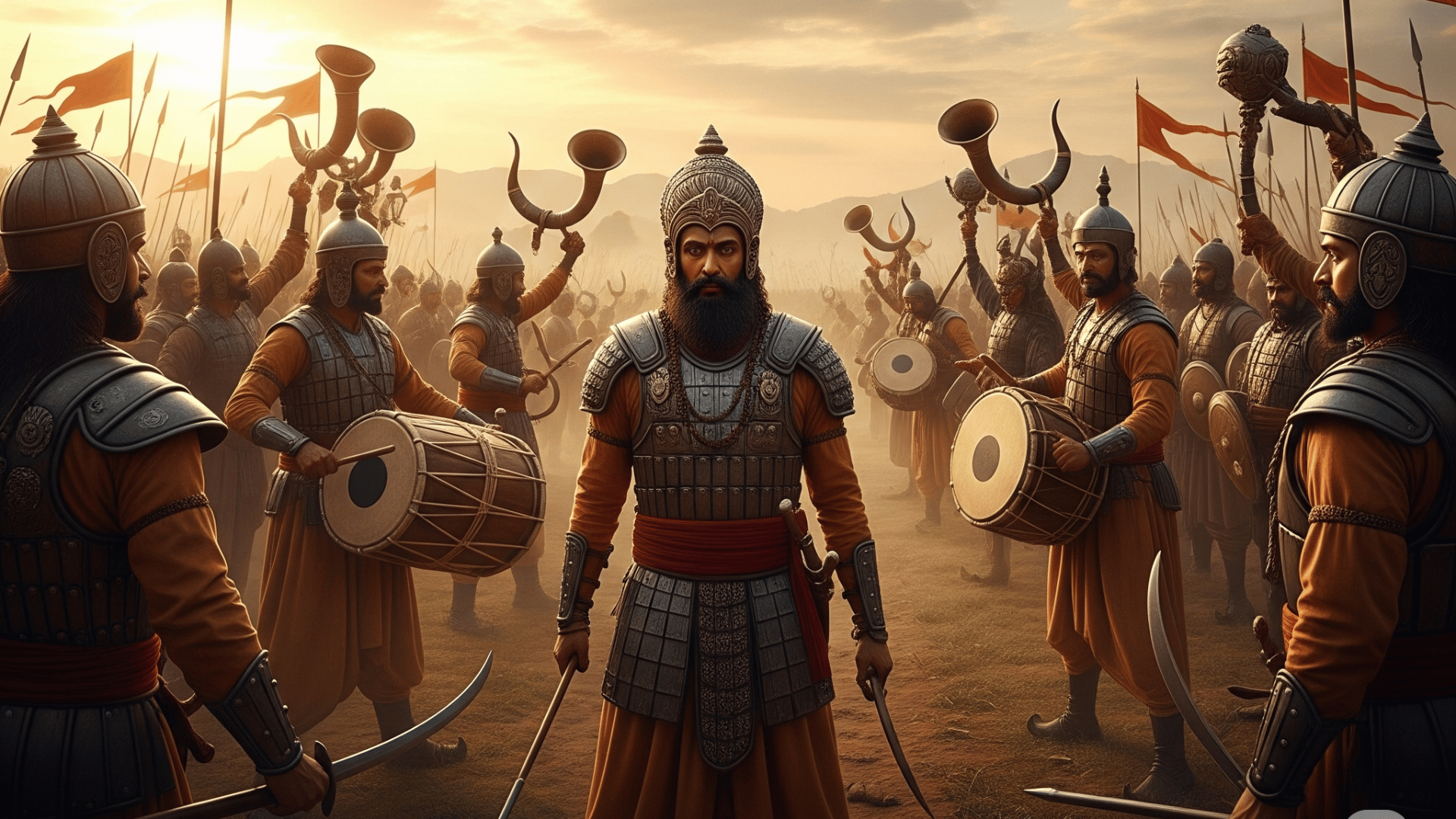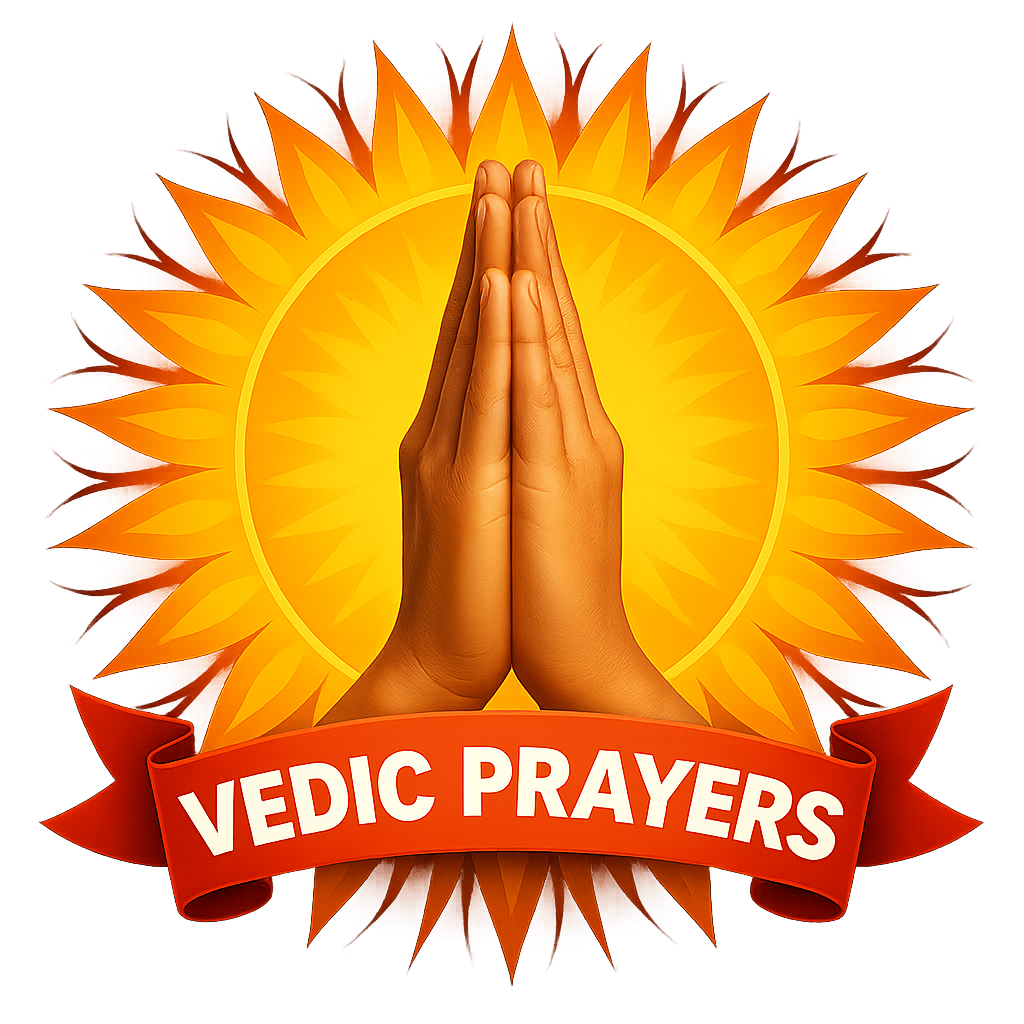
Chapter 1 – Arjuna’s Despondency
Verse 13
TatH, shankhaH, ch, bheryaH, ch, panvaanakgomukhaH,
Sahsa, ev, abhyahanyant, saH, shabdH, tumulH, abhavat’ ||13||
English Translation:
After this, conch shells, drums, small kettledrums, bherya (large war drums), and gomukha (bull-horn-like instruments) all suddenly began to play together. The sound of these instruments became extremely fierce and thunderous.
Explanation / Detailed Interpretation:
This verse presents a vivid and energetic scene marking the beginning of the war. As the armies prepared for battle, various traditional musical instruments – conch shells, war drums, kettledrums, bherya, and gomukha – were played simultaneously. The sound was so loud and powerful that the entire atmosphere reverberated with it.
This was not just a physical preparation for war, but also a mental and emotional stimulation – to boost the morale of the warriors, to intimidate the enemy, and to officially signal the commencement of battle. The scene must have been both grand and terrifying.
Lesson from the Verse:
This shloka shows that before entering any battle or challenge, it is essential to awaken one’s confidence and morale. Just as the sound of war instruments energizes soldiers, in life too, sources of inspiration and motivation are crucial to face challenges with strength and determination.
















